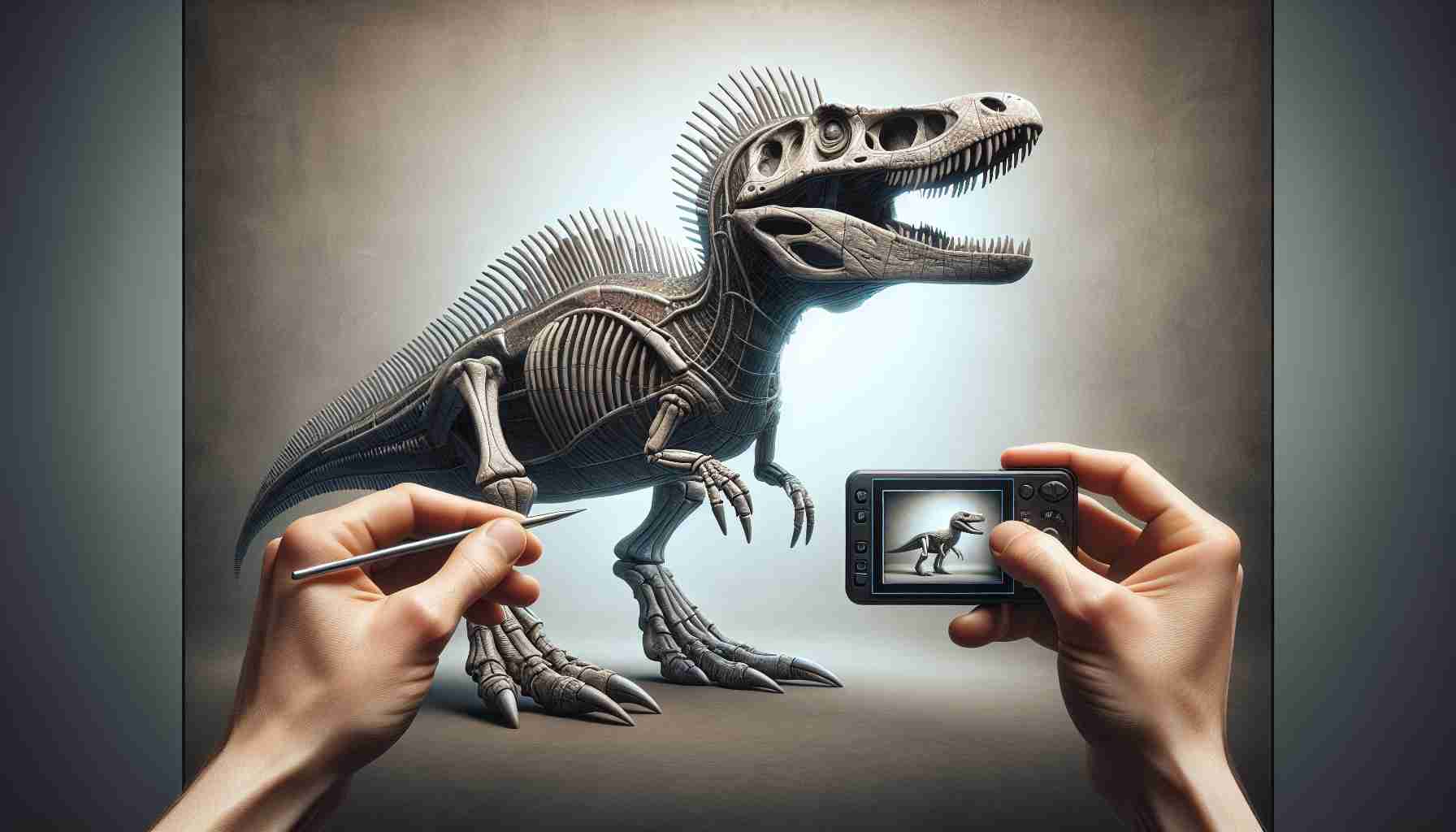Questions Surround a Fossil Discovery
A remarkable discovery in paleontology may not be what it seems. A mosasaur species, initially introduced to the scientific community in 2021, is now under scrutiny for potential forgery, compelling researchers to seek advanced imaging techniques to authenticate its remains.
This species, named Xenodens calminechari, was characterized by a partial jawbone and unique teeth found in Morocco’s Khouribga province. However, a recent study published in December 2024 highlighted inconsistencies that suggest these fossils may be fabricated. The original study claimed distinctive dental features that were unprecedented among both mosasaurs and other four-limbed vertebrates.
Critics of the original claims observed that two teeth occupy a single socket, a deviation from the norm where each tooth is housed independently. This anatomical discrepancy, along with suspicious development patterns noted in the fossil, has raised alarms. Researchers stressed that further analysis, such as computed tomography (CT) scans, is essential to clarify the fossil’s authenticity.
Concerns about the discovery process emerged as well; the fossil was not excavated by qualified paleontologists, and the phosphate mine where it was found is infamous for fraudulent specimens. The lead researcher of the 2024 study expressed frustration at difficulties in obtaining information about the fossil, which serves as the vital official specimen for the proposed species.
Experts emphasize the importance of ethical collaboration in fossil research to safeguard against the dissemination of potentially bogus findings.
Unraveling the Truth: The Controversy Around Xenodens calminechari Fossils
The Mosasaur Mystery
The paleontological world has been shaken by the controversial discovery of what was believed to be a new species of mosasaur, Xenodens calminechari. Initially presented to the scientific community in 2021, this species is now engulfed in allegations of forgery. As researchers delve deeper into the validity of this find, discussions about the implications of fraudulent fossil discoveries are gaining traction.
Authenticating Fossils: The Need for Advanced Technology
Recent studies, particularly a significant one published in December 2024, highlight the inconsistencies within the fossil remains. Researchers are advocating for advanced imaging techniques, including computed tomography (CT) scans, to verify the authenticity of these fossils. CT scans could reveal hidden internal structures, providing clearer insights into the fossil’s integrity and potentially identifying signs of manipulation.
Unusual Anatomical Features
One of the most pressing concerns raised by critics involves the anatomical features of the fossilized jawbone. The finding that two teeth appear to share a single socket contradicts established norms where each tooth is individually housed. This anomaly has fueled speculation about the legitimacy of Xenodens calminechari and has prompted calls for thorough investigations to discern whether these characteristics stem from natural evolutionary processes or artificial alteration.
The Context of Discovery: Ethical Considerations in Paleontology
The fossil was excavated from a phosphate mine in Morocco, an area notorious for the occurrence of fraudulent specimens. This raises important ethical questions regarding the standards of fossil research and excavation. The lead researcher of the 2024 study has expressed frustration over the challenges faced in obtaining detailed information about the original excavation process, emphasizing the need for transparency.
Impacts on the Scientific Community
The potential forgery of Xenodens calminechari serves as a stark reminder of the impact such discoveries have on the scientific community. Fake fossils can mislead research efforts, waste resources, and tarnish the reputations of involved institutions. Experts in the field underscore the necessity for ethical practices in fossil research to prevent the proliferation of potentially spurious findings.
Conclusion: The Future of Fossil Research
As investigations into the Xenodens calminechari fossil continue, the scientific community remains vigilant about maintaining integrity in paleontology. Advanced technologies and rigorous methodologies are vital to ensuring that only authentic discoveries advance our understanding of prehistoric life. Collaboration and adherence to ethical standards will play a pivotal role in safeguarding the credibility of fossil research going forward.
For more insights on paleontological discoveries and controversies, visit paleontology world.
